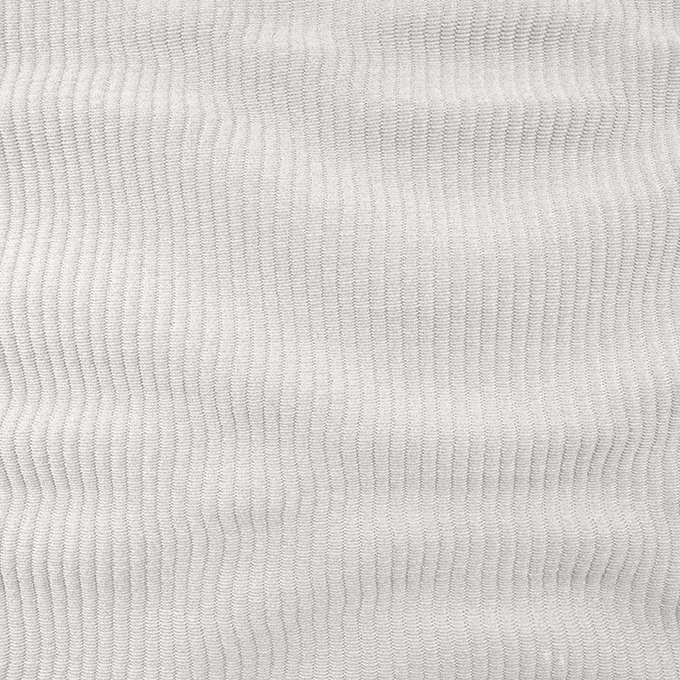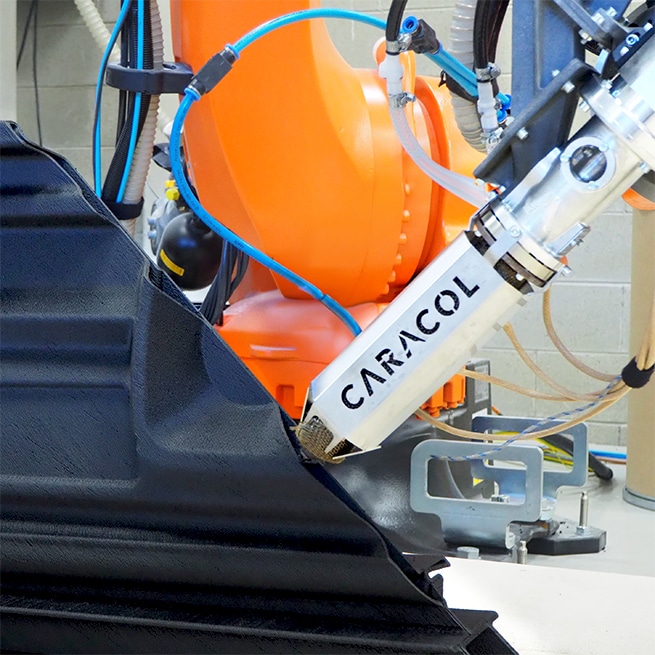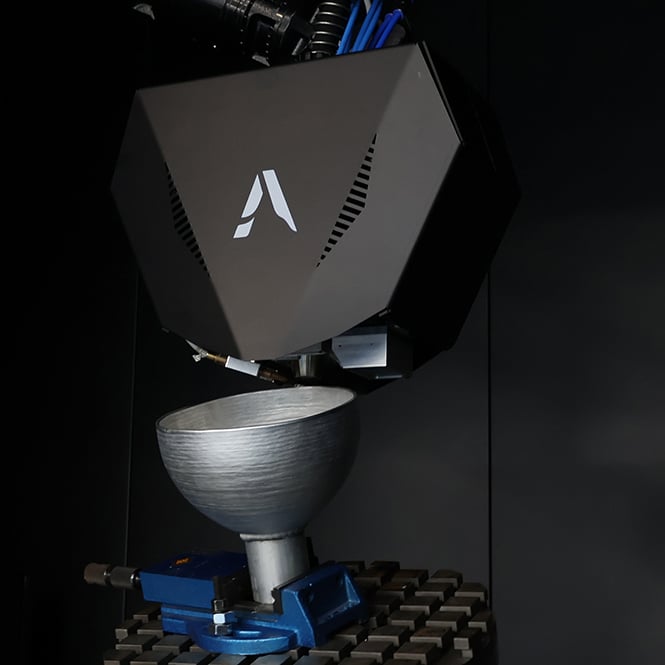Selecting 3D printing materials with a meticulous qualification process.
Caracol tests, qualifies and sells industrial-grade materials to constantly provide clients with the right fit for their advanced applications. From technology to materials, our team works to provide the most reliable and quality solutions.
-
INVESTIGATION. The first step to identify target material and best suppliers on the market.
-
TESTING. The material can be successfully extruded with Caracol’s systems and is tested to define its properties.
-
CHARACTERIZATION. The material can be used for production and a detailed datasheet is released with mechanical and thermal properties.
-
QUALIFICATION. Following tests on several prints and applications parameters are defined to guarantee best printability, repeatability, and performance on the material.
Additive manufacturing materials for flexible, efficient part production across sectors
Our MATERIAL LAB constantly works to expand the range of qualified materials to process with Caracol’s systems, always pushing the boundaries of what is possible. We study mechanical, thermal, chemical properties, to provide the best options on the market for our clients’ applications, and we undergo meticulous quality controls on suppliers, to guarantee reliable and repeatable production.

Plastic and composite
Thermoplastics
for 3D printing
Polymers and composites optimized for large format 3D printing, qualified for Caracol extruders: natural, recycled, or fiber-reinforced materials to produce advanced parts.

Metals
Metal alloys
for 3D printing
Metals optimized for additive manufacturing, qualified for Caracol WAAM systems: high-performance metal wires and alloys to produce advanced large-scale parts.
FAQ
What is Additive Manufacturing and how does 3D printing work? Read more on definitions, technologies, examples, and tips in our Frequently Asked Questions. Learn more on Caracol’s solutions for large format industrial 3D printing.
-
What type of manufacturing is 3D printing?
3D printing is an innovative manufacturing process that builds three-dimensional objects through the extrusion of material (plastic, metal, ceramics, and many more) layer upon layer, starting from a digital model. Also known as Additive Manufacturing, 3D printing is opposed to the traditional “subtractive” manufacturing methods that machine the final components by cutting away material. This new process leads to a more efficient production with less material wastage and to a greater design freedom, allowing to experiment with complex geometries that were once considered challenging or impossible to produce through conventional means. Explore more on AM technologies.
-
What is Additive Manufacturing process?
Additive Manufacturing, commonly known as 3D printing, is a transformative process that builds objects layer by layer, through the deposition of a variety of materials including plastics, metals, ceramics, and even biomaterials on a digital 3D model. This innovative technology stands in contrast to traditional subtractive manufacturing, offering unparalleled design freedom and efficiency to produce lighter, stronger parts and systems used across a variety of industries.
-
Is there a difference between Additive Manufacturing and 3D printing?
There is a distinction between Additive Manufacturing and 3D printing, although the terms are often used interchangeably. Additive Manufacturing (AM) is the process that encompasses various techniques, with 3D printing being one of them. Additive Manufacturing refers to the method of creating objects by adding material layer by layer, based on a digital model. This process eliminates material waste and allows for complex and customized designs. 3D printing specifically refers to the Additive Manufacturing technology that uses printers to create physical objects from digital files. In essence, 3D printing is a subcategory of Additive Manufacturing.
-
How does Additive Manufacturing differentiate from other technologies?
Additive Manufacturing (AM) stands apart from traditional manufacturing methods due to its revolutionary approach. Unlike subtractive manufacturing that involves cutting away material from a solid block, AM constructs objects layer by layer using digital designs. Thanks to Additive Manufacturing technology, it is possible to create complex geometries and intricate designs with utmost precision by cutting waste and lead time through an environmentally friendly and cost-efficient process.
-
How many Additive Manufacturing types exist?
Additive Manufacturing encompasses a diverse array of techniques, each of them tailored to specific materials and application, offering unique advantages and targeting specific precision requirements and industry needs. While new techniques may emerge, currently several prominent Additive Manufacturing technologies are applied to industrial contexts. Just to cite a few: Fused Deposition Modeling (FDM), Stereolithography (SLA), Selective Laser Sintering (SLS), Binder Jetting, Direct Metal Laser Sintering (DMLS). Explore more on AM technologies.
-
Which are the main benefits of Additive Manufacturing?
Additive Manufacturing offers a multitude of compelling advantages across industries. Some key benefits include design freedom; rapid prototyping and iteration; high customization; use of wide variety of materials; waste reduction; shorter lead time and cost-reduction, also for low volume production; supply chain efficiency and sustainability. Its potential to reshape manufacturing through innovation, efficiency, and sustainability is remarkable. Explore more on Additive Manufacturing applications and its advantages.
-
Why choosing LFAM solutions to produce parts?
Opting for Large Format Additive Manufacturing solutions means transforming the way parts are created, providing substantial benefits across industries. The compelling advantages of LFAM technology for the production of lighter yet robust components are: scalability, design flexibility, higher customization, reduced waste, faster and cost-efficient production, reduced tooling costs, no need of complex assembly, supply chain optimization, and innovative applications.
-
Which are the main industries using LFAM technology?
LFAM (Large Format Additive Manufacturing) technology is applied on several advanced industries that are revolutionizing the way products are designed, manufactured, and utilized. The main sectors harnessing LFAM’s capabilities are aerospace, defence, automotive, marine, railway, architecture and construction, furniture and design consumer goods, energy and renewables, arts and entertainment, research and academia. Enabling innovative designs and contributing to overall efficiency, LFAM’s influence is likely to expand further, opening new avenues for applications and growth.

